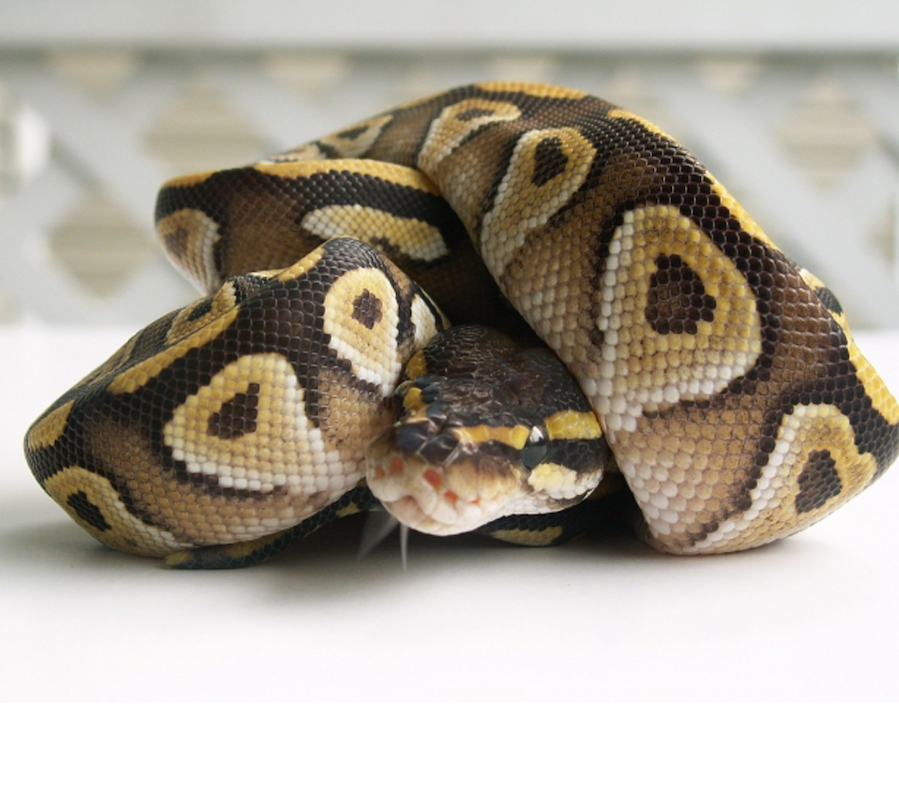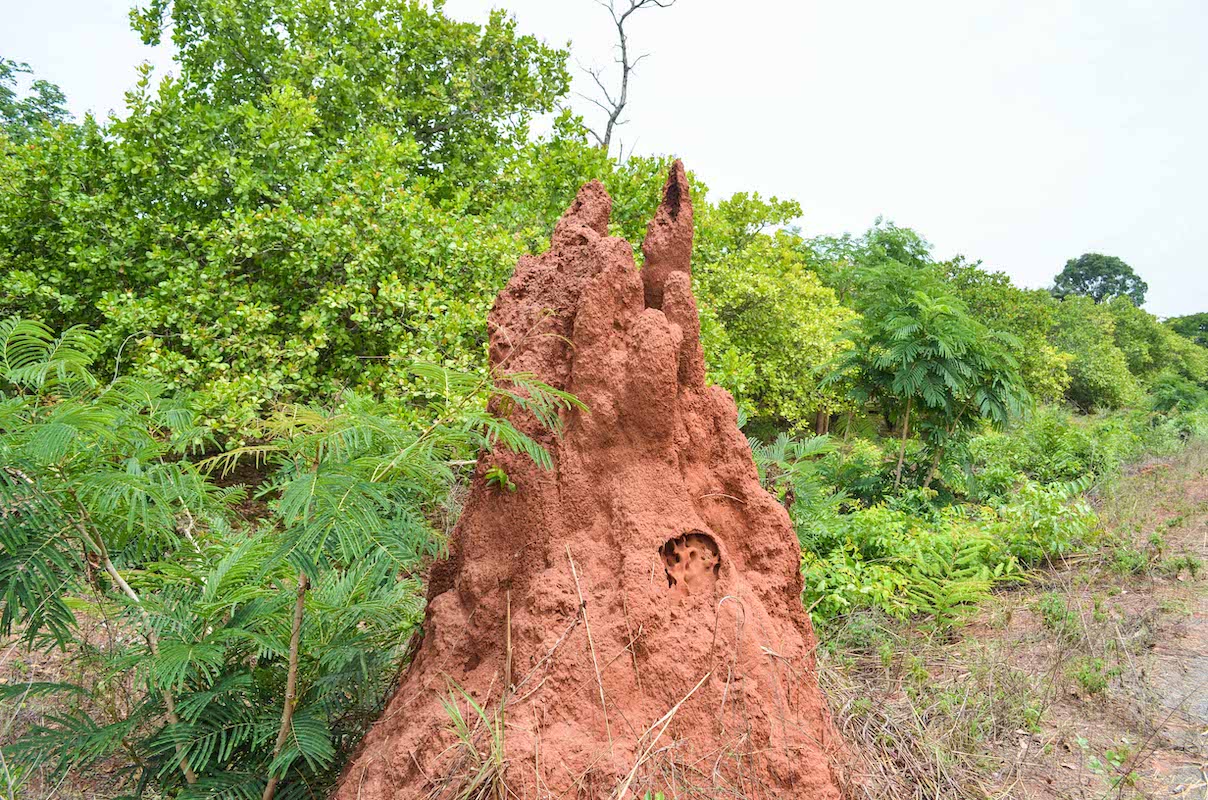Python regius

PITONE REALE - PITONE PALLA
È il più piccolo dei pitoni africani ed è molto popolare tra gli allevatori a causa della sua piccola taglia e docilità. Le femmine sono un po’ più grandi dei maschi, raggiungendo una lunghezza di 120-140 cm, mentre gli individui maschili di solito non superano il metro. Gli allevatori, tramite incroci mirati, hanno ottenuto pitoni reali con colori e disegni molto diversi tra loro, che spesso non sono rinvenibili in natura. Gli individui selvatici vivono in savane e praterie, spesso con presenza di alberelli e cespugli, e di sovente è possibile rinvenirne molti che trovano rifugio, simultaneamente, all’interno di termitai (foto) o in tane di mammiferi. Questo pitone ha un caratteristico sistema difensivo: si arrotola su se stesso a formare una palla, dentro la quale infila la testa, per proteggerla. In questa posizione è possibile, letteralmente, farlo rotolare. Ha abitudini terricole e si nutre principalmente di piccoli mammiferi e uccelli che uccide con una rapida costrizione. La femmina depone dalle tre alle undici uova, che avvolge e cova con il suo corpo, riuscendo a produrre del calore tramite piccole e continue contrazioni muscolari (caratteristica di molti boa e pitoni).
È inserito nell’appendice II della CITES.
BALL PYTHON
This is the smallest of the African pythons and it is very popular in the pet trade, largely due to its small size and typically docile temperament. Females tend to be slightly bigger than males, maturing at an average of 120–140 cm (4.0–4.5 ft). Males usually average around 90–107 cm (3.0–3.5 ft). Snake keepers, through selective breeding, developed many morphs (genetic mutations) with altered colors and patterns, that you cannot find in the wild. Wild ball pythons prefer grasslands, savannas, and sparsely wooded areas. Termite mounds and empty mammal burrows are important habitats for this species. This terrestrial python is known for its defense strategy that involves coiling into a tight ball when threatened, with its head and neck tucked away in the middle. In this state, it can literally be rolled around. Its diet consists mostly of small mammals, but also birds. Females are oviparous and lays from three to eleven large eggs. They are incubated by the mother under the ground (via a shivering motion that produces a little bit of heat), and hatch after 55 to 60 days.
This species is listed on CITES Appendix II.
Ambiente - Environment
